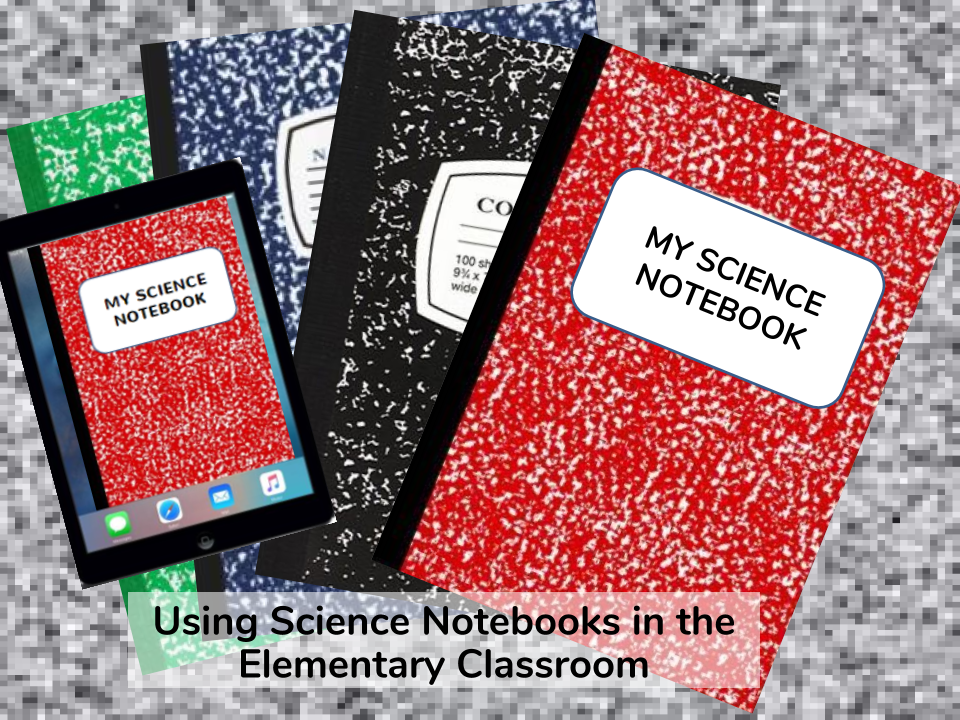Grade: 3
Subject: Science
Topic: Introduction to Science Notebook/Environmental Science
Description: Students will begin discussing the job of an environmental scientist while setting up a digital Science Notebook.
TEKS:
Science Content TEKS/SEs: 3.1A Demonstrate safe practices as described in the Texas Safety Standards during classroom and outdoor investigations, including observing a schoolyard habitat. 3.4 Scientific investigation and reasoning. The student knows how to use a variety of tools and methods to conduct science inquiry. The student is expected to: 3.4B Use safety equipment as appropriate, including safety goggles and gloves.
Setting up Science Notebooks & Lab Safety
Science Process TEKS/SEs: 3.3 Scientific investigation and reasoning. The student knows that information, critical thinking, scientific problem solving, and the contributions of scientists are used in making decisions. The student is expected to: 3.3D Connect grade-level appropriate science concepts with the history of science, science careers, and contributions of scientists. 3.1A Demonstrate safe practices as described in the Texas Safety Standards during classroom and outdoor investigations, including observing a schoolyard habitat.
Technology TA TEKS/SEs: 1. CREATIVITY AND INNOVATION The student uses creative thinking and innovative processes to construct knowledge and develop digital products. (A) create original products using a variety of resources; 3. INFORMATION FLUENCY The student acquires and evaluates digital content. (B) collect and organize information from a variety of formats, including text, audio, video, and graphics; (C) validate and evaluate the relevance and appropriateness of information; and (D) acquire information appropriate to specific tasks. 4.CRITICAL THINKING, PROBLEM SOLVING, AND DECISION MAKING The student applies critical thinking skills to solve problems, guide research, and evaluate projects using digital tools and resources. (A) identify information regarding a problem and explain the steps toward the solution; (B) collect, analyze, and represent data to solve problems using tools such as word processing, databases, spreadsheets, graphic organizers, charts, multimedia, simulations, models, and programming languages;
4 C’s: Creativity, Communication, Collaboration
Resources: Lesson Plan, Videos included in the lesson plan, Getting Started with Digital Notebooks Guide
Devices: iPad, Laptop, Chromebook, Samsung Tablet
Suggested Apps: Google Slides

